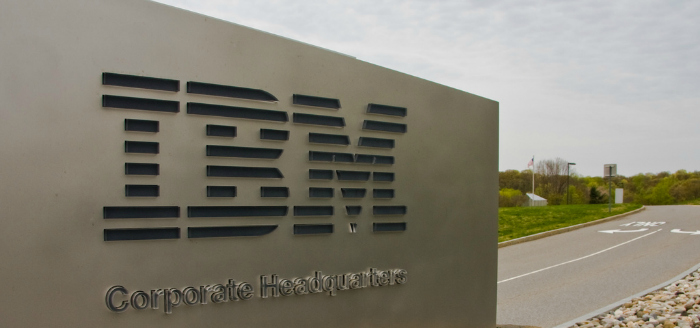IBM just posted a solid second quarter with cash generation staying strong, the company has raised its 2025 free cash flow forecast to over $13.5 billion. The update reflects IBM’s confidence in the direction of modernizing its offerings and strengthening its cloud and enterprise tech portfolio.
The company delivered a strong second quarter, with GAAP revenue climbing 8% year-over-year to $16.98 billion beating the Street’s forecast of $16.59 billion. The predicted $2.65 was much exceeded by the $2.80 non-GAAP earnings per share.
READ: How artificial intelligence is reshaping capital, careers, and company strategy (
A significant contributor to the beat was infrastructure, which increased 14% to $4.1 billion thanks to a 21% increase in hybrid infrastructure and a huge 70% increase in Z mainframe revenues. Growth on the software side remained consistent at 10%, with Red Hat’s hybrid cloud sales at 16%, indicating a noticeable uptick.
The company also highlighted that its “generative AI book of business” has expanded sharply, stating, “Our GenAI book of business now stands at over $7.5 billion inception-to-date with momentum accelerating quarter-over-quarter,” said CEO Arvind Krishna. Krishna also stated, “Given our first half performance, we continue to expect accelerating revenue growth to 5%-plus and are raising our expectations for free cash flow to above $13.5 billion for the year.”
CFO James Kavanaugh added, “In the second quarter, we delivered $17 billion in revenue, $4.7 billion of adjusted EBITDA, $3.2 billion of operating pretax income and operating earnings per share of $2.80.”
IBM has been growing its partnerships lately with companies like Oracle, Box, AWS, Salesforce, Microsoft, EY, Finastra, and WPP to bring watsonx into everyday business tools. They’ve also rolled out their most advanced mainframe yet, the z17, launched Power11, and set up their first IBM Quantum System Two outside the U.S., now running in Japan.
READ: IBM to lay off thousands of US employees to shift hiring to India (March 31, 2025)
However, its stock slipped around 5–6% in after-hours and early morning trading. The dip seemed to come from investor concerns around software growth while it held steady at 10%, that wasn’t quite enough to meet the high bar some on Wall Street were hoping for. Krishna noted, “While not a major factor overall, geopolitical tensions are prompting a few clients to move cautiously. U.S. federal spending was also somewhat constrained in the first half, but we do not expect it to create long-term headwinds.”
Big names like Citi, EY, and Honda are actively using IBM’s AI and hybrid cloud tools, especially through its watsonx platform. Even governments and public sector clients are turning to IBM for secure AI solutions.

